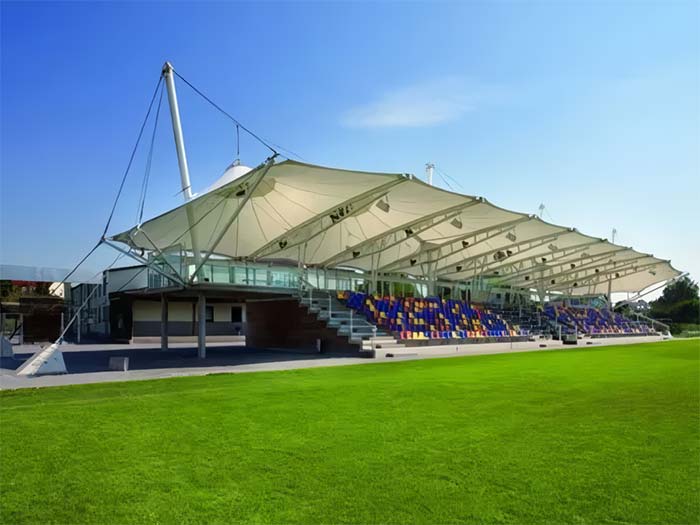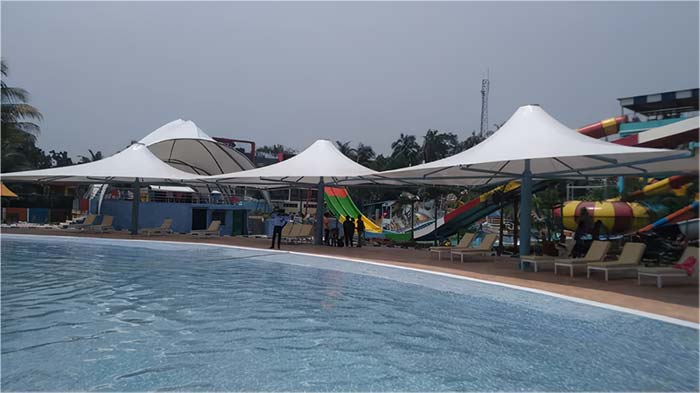Application areas of tensile membrane structures
In modern architecture and landscape design, tensile membrane structures have been widely used due to their unique shape, light texture and superior performance. This structural form not only provides designers with a broader space for innovation, but also brings people a new visual experience. Here we will deeply explore the application fields of tensile membrane structures, analyze their advantages and characteristics, and look forward to their future development trends.
What is tensile membrane structure?
Tensile membrane structure, also known as membrane structure building or membrane structure landscape, is a building form using high-performance membrane materials as the main stress-bearing component. This structure generates pre-tension by stretching the membrane material, thereby forming a stable spatial form. Tensile membrane structures have the advantages of light weight, large span, free form, good light transmittance, energy saving and environmental protection, etc., so they have been widely used in modern architecture and landscape design.

Application areas of tensile membrane structures
Gymnasium
In the design of sports venues, the tensile membrane structure provides a good viewing experience for the audience with its lightness and large span. For example, some large sports venues such as football fields and basketball courts use tensile structure as roofs, which can not only meet the needs of sunshade and rain protection, but also maintain the permeability of the indoor space.
Exhibition Center
As a place to display various products and culture, the exhibition center needs an open and transparent space environment. With its unique shape and excellent light transmittance, the tensile membrane structure provides an ideal display space for the exhibition center. At the same time, the light texture of the membrane also makes the exhibition center visually lighter and more modern.
Landscape facilities
In landscape design, tensile membrane structure add unique charm to the city with their unique shapes and graceful lines. For example, some parks, squares and other public places use tensile membrane structures as sunshade facilities, landscape pieces, etc., which can not only provide people with comfortable rest space, but also become a beautiful scenery in the city.
Transportation Facilities
In the field of transportation facilities, tensile membrane structure also play an important role. For example, some large transportation hubs such as stations and airports use tensile membrane structures as canopies, waiting rooms, etc., which can not only meet people’s travel needs, but also provide passengers with a comfortable and spacious waiting environment.

Advantages and Features of Tensile Membrane Structure
- Light weight and large span: The tensile membrane structures use lightweight membrane materials as the main stress-bearing component, so it has the characteristics of light weight and large span. This allows the tensile structure to easily meet the design requirements of large-span spaces.
- Free form: Because the membrane material has good flexibility and plasticity, the tensile membrane structure can achieve various complex morphological designs. This allows designers to give full play to their creativity and create unique architectural and landscape works.
- Good light transmittance: The tensile structure uses a film material with good light transmittance as the covering material, so it has good lighting performance. This can not only meet the lighting needs of indoor spaces, but also bring people a more comfortable and natural visual experience.
Future trends
With the continuous advancement of science and technology and the continuous development of the construction industry, tensile membrane structures will be used in more fields. In the future, tension structure buildings will pay more attention to the design of integration with the environment, energy conservation, environmental protection, and intelligence. At the same time, with the continuous emergence of new materials and new technologies, the performance and form of tensile membrane structures will also be further improved and innovated.